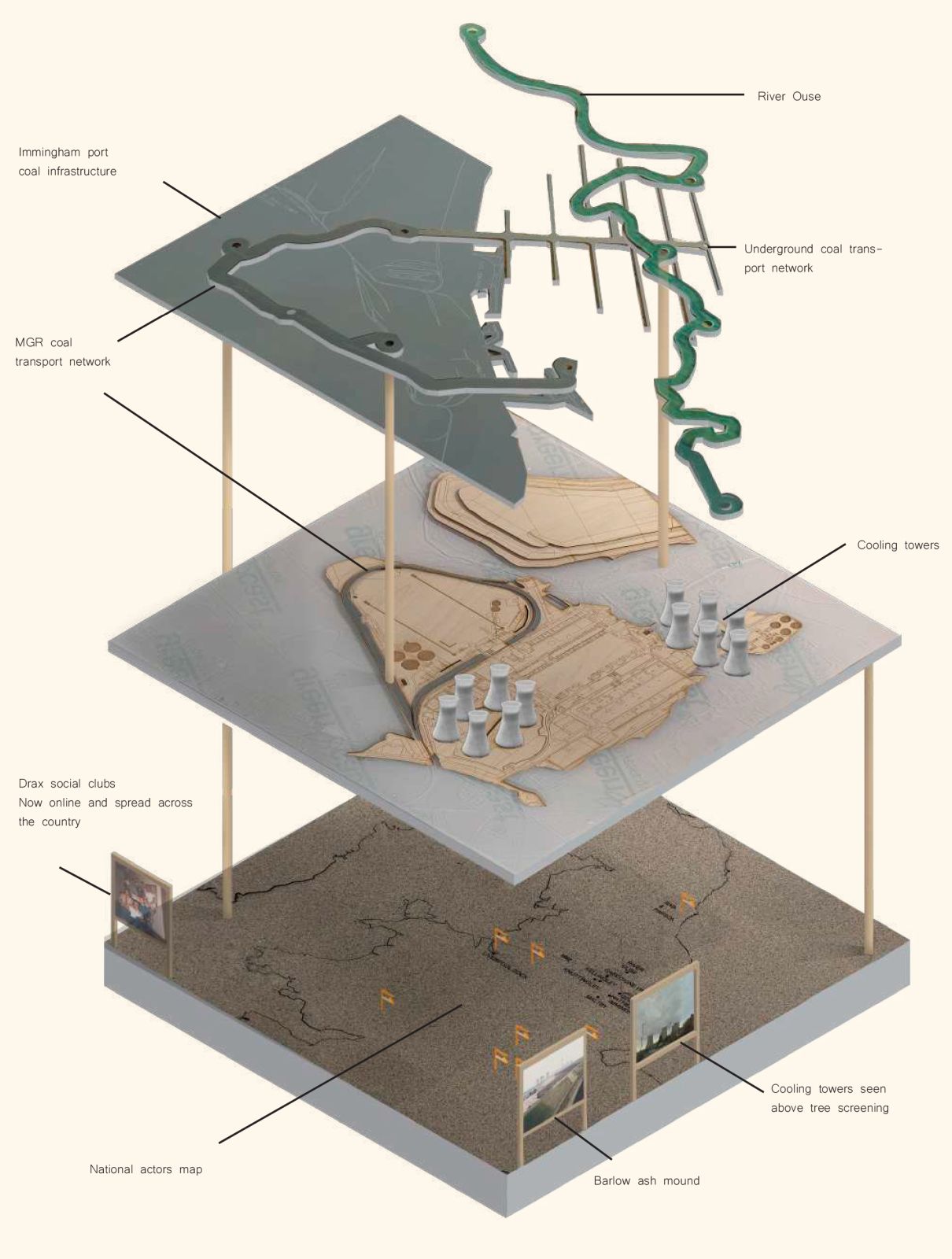Hard and Disagreeable Labour
Named after a quotation from John Ruskin’s Elements of Drawing, this additional workshop was run for students whose intended Erasmus exchanges had been disrupted by restrictions around Covid and revived one of the original workshops. Based on workshop leader Ray Lucas’ ongoing research into architectural drawing and other inscriptive practices, this workshop contends that drawing is a valid research method, a way of knowing the world equivalent to the academic text and other forms of knowledge production. Participants in the workshop would produce a drawn biography or catalogue, discussing their workflows and what the meanings of the drawings are.


